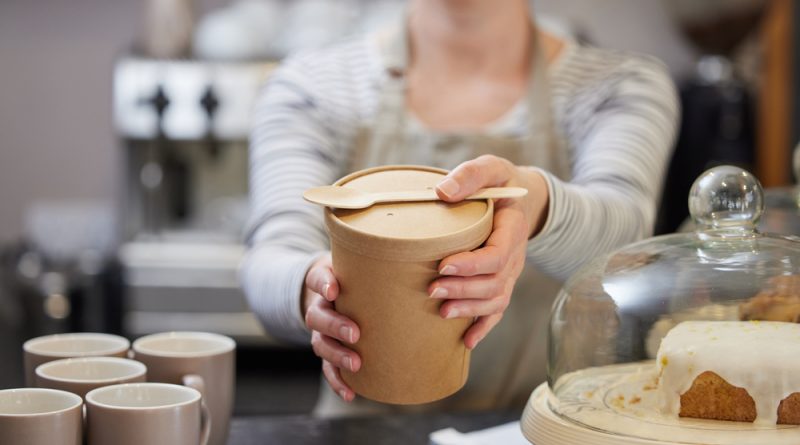Top 5 sustainable food packaging solutions
The issue of sustainable food packaging has been at the forefront of environmental discussions for decades, and with the rise of fast food and takeaway culture, it has never been more important to find eco-friendly alternatives to traditional packaging. So, in this article, we take a look at the top five sustainable food packaging solutions currently available in the food industry.
Biodegradable Packaging
Made from materials that naturally decompose over time, such as starch, cellulose, and sugarcane, biodegradable packaging uses a range of mediums to make bags, containers, and food wraps.
One popular example is mushroom packaging. This type of packaging is formed of the root structure of mushrooms, otherwise known as mushroom mycelium. The mycelium is combined with agricultural waste, like corn stalks or rice hulls, to create strong, durable, and fully biodegradable packaging.
Edible Packaging
Edible packaging is a sustainable packaging solution rapidly growing in popularity. It is made from food-based materials, such as potato starch, seaweed, and rice flour, and is inevitably designed to be eaten along with the food it contains.
Several benefits are associated with edible packaging: it eliminates waste, reduces the need for preservatives to protect the food contents, and can be used to create new, innovative food products.
Recyclable Packaging
Most people are familiar with recyclable packaging, as it is already widely used across the food industry. Made from any material that can be recycled, such as paper, cardboard, and plastic, this sustainable solution reuses and repurposes recycled materials to make new packaging products, reducing the need for new materials.
Compostable Packaging
Similar to biodegradable packaging, compostable packaging is often made from cornstarch or sugarcane, and then transformed into bags, containers, and cutlery.
Whereas biodegradable packaging breaks down naturally in any environment, compostable packaging is designed specifically to be deposited in an industrial composting facility. These dedicated composting sites are able break down organic material into nutrient-rich soil.
Reusable Packaging
Another increasingly popular solution, reusable packaging is designed to be utilized multiple times, reducing the demand for new packaging. It can be made from a broad range of materials, including glass, metal, and silicone.
One popular example of reusable packaging is the mason jar. Often used to store food or drinks, mason jars can be reused multiple times: they are durable, easy to clean, and come in a range of sizes and shapes.
Sustainable food packaging solutions offer promising alternatives to traditional packaging materials, addressing the pressing need for eco-friendly options in the food industry. As awareness and demand for environmentally friendly practices continue to grow, the adoption of these packaging innovations will play a pivotal role in shaping a greener, more resilient food system.
